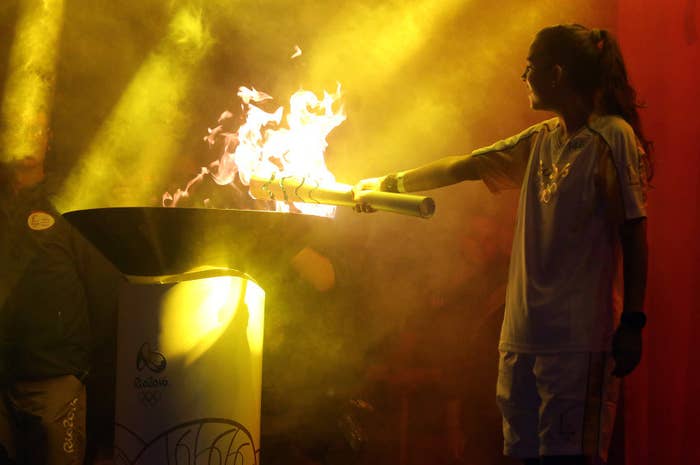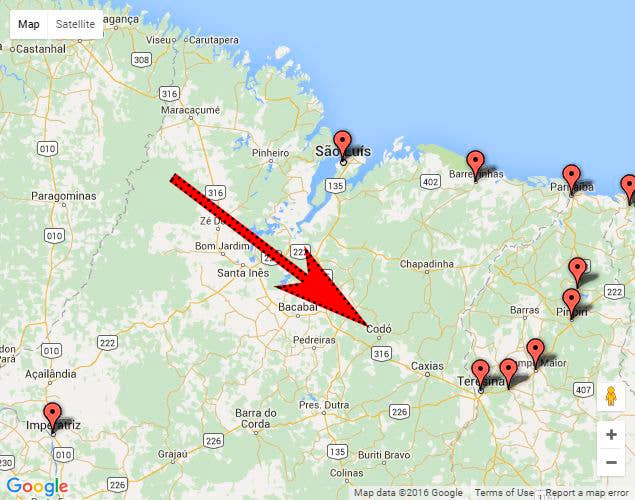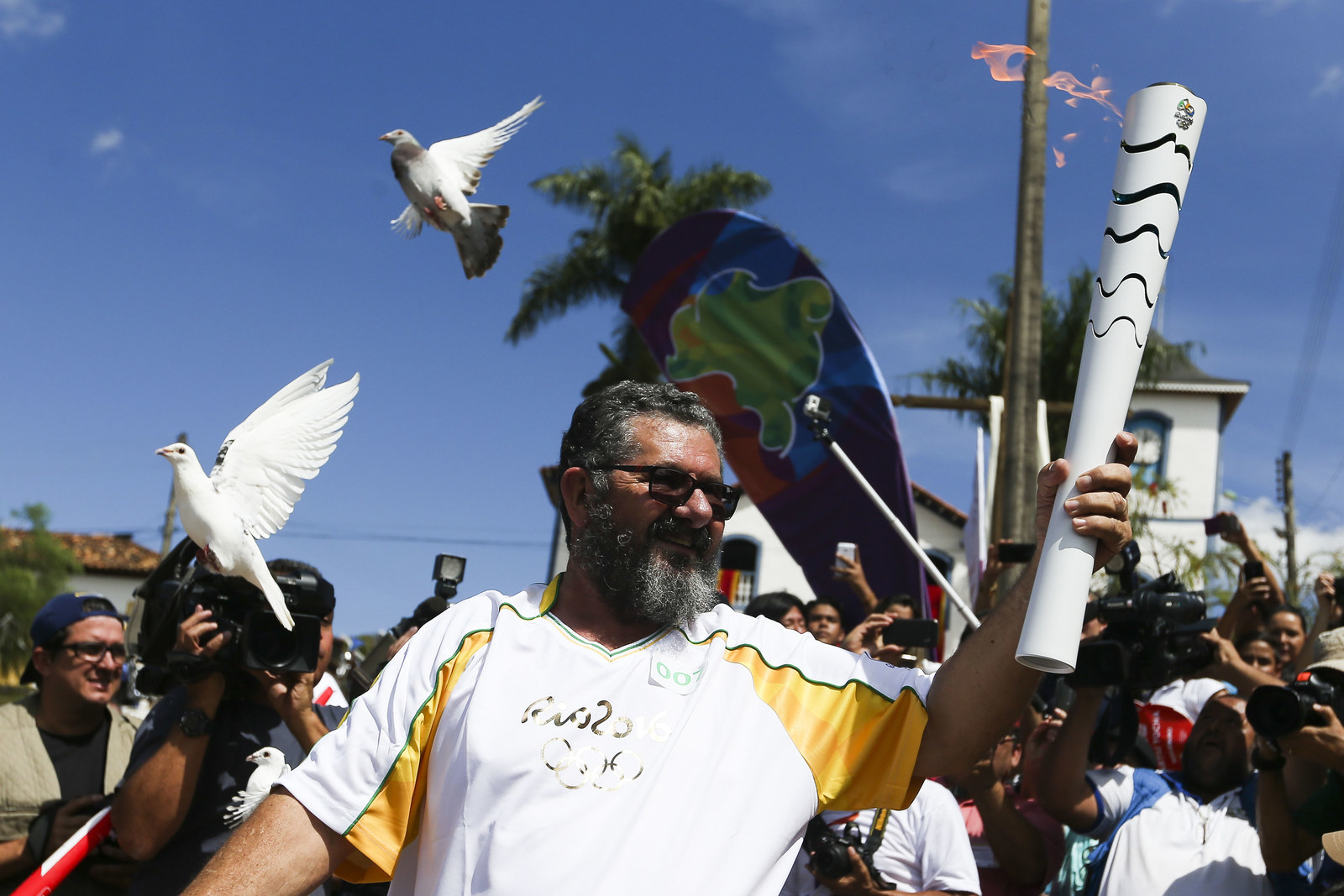
The route chosen for the Olympic torch relay ahead of the 2016 Olympic Games in Rio shows that the relay route favors developed cities and skips poorer areas of the country.
The Olympic torch's tour through 329 Brazilian cities is a way "to bring the Olympic spirit to every corner of the country," according to the Rio 2016 Committee. But when BuzzFeed News compared the Human Development Index, or HDI, for the places along the route of the torch relay, that wasn't exactly the case.
Of the 329 cities along the route, 198 (60.2%) have an HDI score considered "high" by international standards, while 33 (10%) cities on the route have a "very high" rating.
Developed by the United Nations, HDI is meant to measure the development of a country, or in this case city, beyond just economic numbers. Among the panoply of 5,565 Brazilian municipalities, only 33.9%, or 1,889, have a "high" HDI, and only 44, or 0.8%, are "very high".
That means 3 out of 4 cities with a "very high" HDI are on the torch relay route.
One example is the city of Codó in the northeastern state of Maranão. Despite having 120,000 inhabitants, Codó — and its "low" HDI ranking — is not on the relay route.

But three cities nearby with lower populations and "average" HDIs were included in the route — Campo Maior (45,000 people), Piripiri (62,000 people), and Altos (38,000 people).
There are other municipalities that share Codó's large population and low HDIs and are also close to the route, but the torch is not passing through them.
There are also cases of more developed cities with very few inhabitants being included, such as the tiny city of Couto de Magalhães, with its 5,000 people, "average" HDI, and clear view of the Olympic torch in May.

In general, the torch's route was focused on the Brazilian coast. Few northern cities, for example, will see the Olympic flame. There are a few possible reasons for this: Some of them are in the least populous areas of the country and are difficult to navigate through because of the Amazon rainforest.
In recent weeks, there have been several protests against the Olympic torch relay — in some cases, people attempted to extinguish the flame, with one finally succeeding on Thursday as it approached Rio.
When BuzzFeed News asked the Rio 2016 Committee to explain the discrepancy and how the cities along the route were chosen, the committee insisted that the cities were picked "with the intention of showing the diversity of the Brazilian people." All 26 state capitals and the federal district were always going to be on the route, it said in its response. It said it then picked the cities that have the necessary infrastructure — hotels, restaurants, etc. — to host a staff of 300 people overnight.
